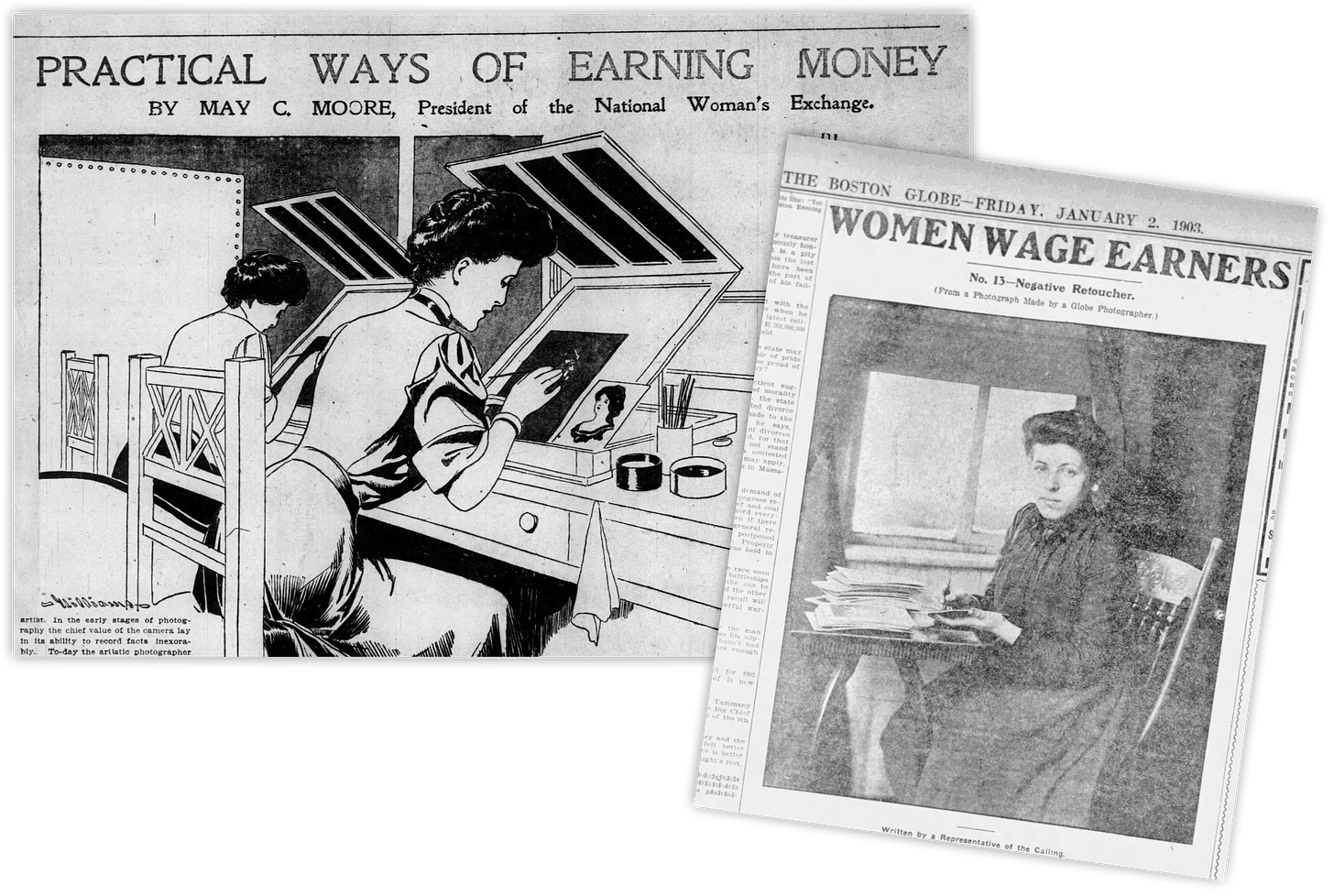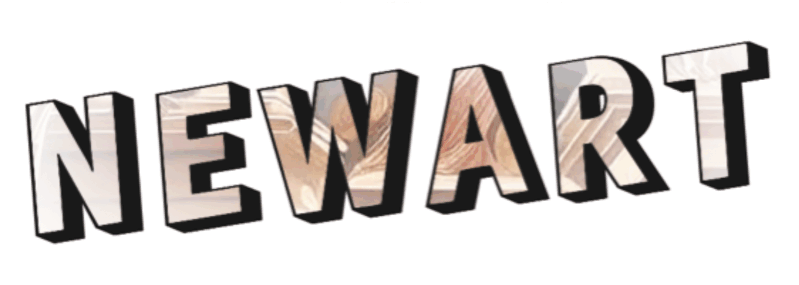Samuel Morse On Photography as Artistic Superpower
“From today, painting is dead” French artist Paul Delaroche supposedly declared when first viewing an early photograph in 1840. This oft-cited quip has never been confirmed. And whether it was uttered or not, Delaroche seems to have quickly changed his mind.
In a letter that same year, he would refer to Louis Daguerre’s breakthrough as a “wonderful discovery” that was “an immense service rendered to art.” He saw in photography what it would ultimately become: a powerful new tool of creative augmentation. A miracle for the artist, not a replacement.
Some inevitably saw it more as a curse. An enemy to the artist rather than an ally. And Daguerre? The Messiah of a vengeful God, as poet Charles Baudelaire would put it in 1859. But to Delaroche, he was more akin to a prophet of a benevolent god.
In a speech given to the National Academy of Design Morse would address an anxious question: “Will not the Daguerreotype affect unfavourably the Arts of Design?” After many months of experimenting with the Daguerreotype he said it was “undoubtedly destined to produce a revolution in Art” He approached the subject with the practical optimism of an engineer and the creative imagination of an artist – because he was both.
🎙️ Opening of speech read by AI:
He foretold a “superabundance” of materials furnishing artists' studios, “sketches of nature, buildings, landscapes, groups of figures” not copies, but facsimile “portions of nature” drawn “with the pencil of light in her hands.”
🎙️ Hear speech excerpt about superabundance of materials, read by AI:
Morse would imply that photography gave artists supernatural powers to transcend space and time. Scenes “so evanescent as to elude his memory”, could now be fixed in time – like a Camera Obscura with a pause button.
Artists could now scrutinize the lessons of light and shade, previously subject to the "capricious change of hour, or weather, or season," but now “fixed in a tablet before them. “Can the result be otherwise than favorable to the arts of painting and sculpture?” he would ask.
🎙️ Hear speech excerpt about trancending the passage of time, read by AI:
As for architects, Morse would note that being imbued with the power of photographic memory would allow them to collect the finest productions of modern and ancient architecture “with the measurements, proportions, and details” with an exactness “impossible to compress in the ordinary modes of an architect's study.” Continuing to emphasize the power of augmentation of artistry, rather than replacement.
🎙️ Hear speech excerpt about architects and engravers, read by AI:
Engravers, Morse admitted, had more to worry about because “the transcript by nature will be preferred to his most skilful production”. But he noted a number of advantages photography offered to engravers too – as with other artists, a person or object could be fixed in time. On top of that engravings still had a benefit over daguerreotypes, since the latter suffered from a “slaty and cold hue” and couldn’t be “multiplied indefinitely” without aid of an engraver.
(Morse admitted that the likely advent of paper photographs would remove the first of these advantages, which it did – and in short order would remove the latter advantage by allowing indefinite reproduction. The process was in wide-spread use by the late 1850s.)
Even infinitely reproducible photographs, however, would end up being advantageous to artists through “the means of unlimited dissemination of its excellence”, as one member of the academy would say at the end of the speech, regarding existing forms of reproduction.
When asked ‘will not the Photographic portrait unfavorably affect portrait painting?’, Morse replied with prescient foresight:
“Not at all, Be not alarmed. Nature's pencil is too true to be popular, the painter will yet be needed to clothe it in a more popular dress and give a grace beyond the reach, not of art but of "nature."
He was predicting what we now call ‘photoshopping’ or ‘beauty filters’ – the digital enhancement of portraits – that first happened in physical photography shops. A booming trade of photo retouching ended up creating jobs for artists. So much so, it would lead to similar accusations of technology-fuelled vanity that hound digital beauty filters today.
Demand for portrait paintings certainly decreased – but demand for portrait photos would boom, and retouching would eventually create new demand for some of those same artists' labor. Similarly colorizing photos was a highly demanded manual service too, before the advent of color photography.
Morse’s speech would finish with touching ode to Daguerre - who he compared to Galileo, Papin and Fulton - the read: “Honour to Daguerre, who has first introduced nature to us in her character of painter… …Daguerre is a painter; he is a member of this Academy.”
🎙️ Hear ending of speech, read by AI:






Really fun history lesson! I've enjoyed writing about Daguerre and how everything changed in the world of art (and, well, everything else) around that time, and yet art is still art.